Can Coloring Your Hair Damage It? Ultimate Guide
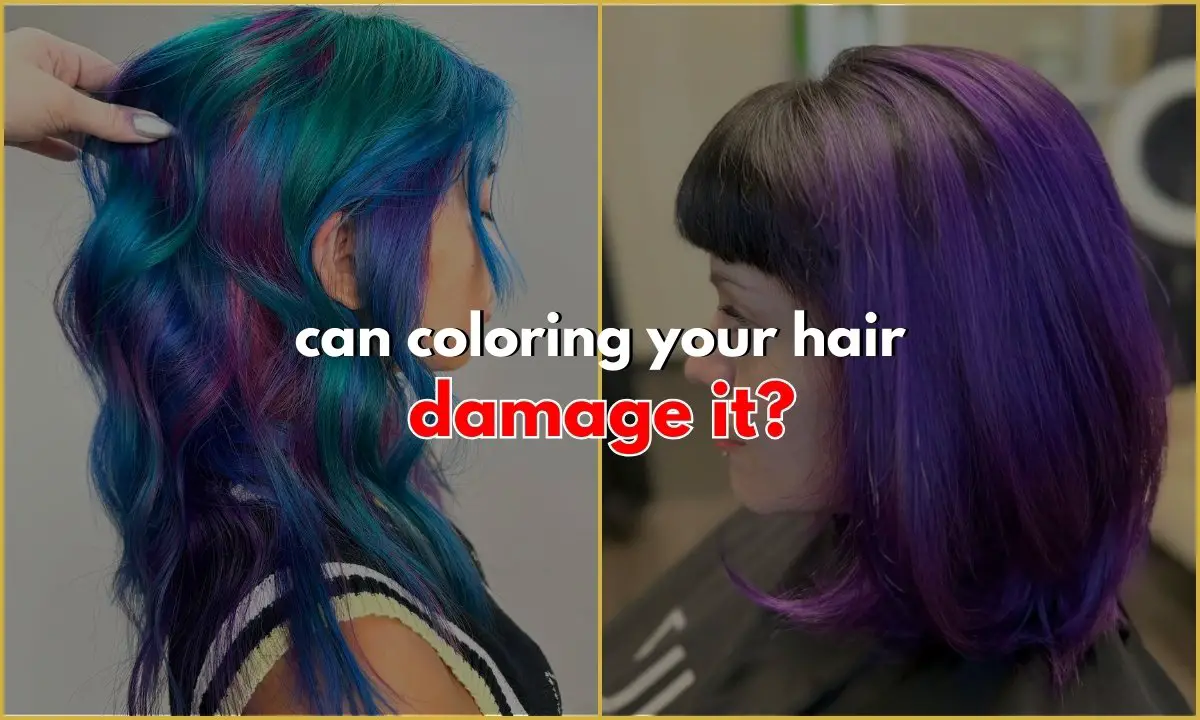
So, you dyed your hair – hope for a fresh, bold, confident new vibe. But now it feels dry, rough, and maybe like it is snapped more than it should.
And you are left think: “Uh-oh… did I ruin it?” You are not crazy to think that.
Dye, especially the kind with bleach and permanent color, can do some damage and it usually hits you after the fact.
In this article, I am going to break down what the dye does, why your hair reacts this way, how to prevent this next time, and what to do if your hair already feels brittle and beat-up.
Let’s jump into it.
Contents
Should You Still Color Your Hair?
You can still color your hair just do it with the right products, the right time, and the right care.
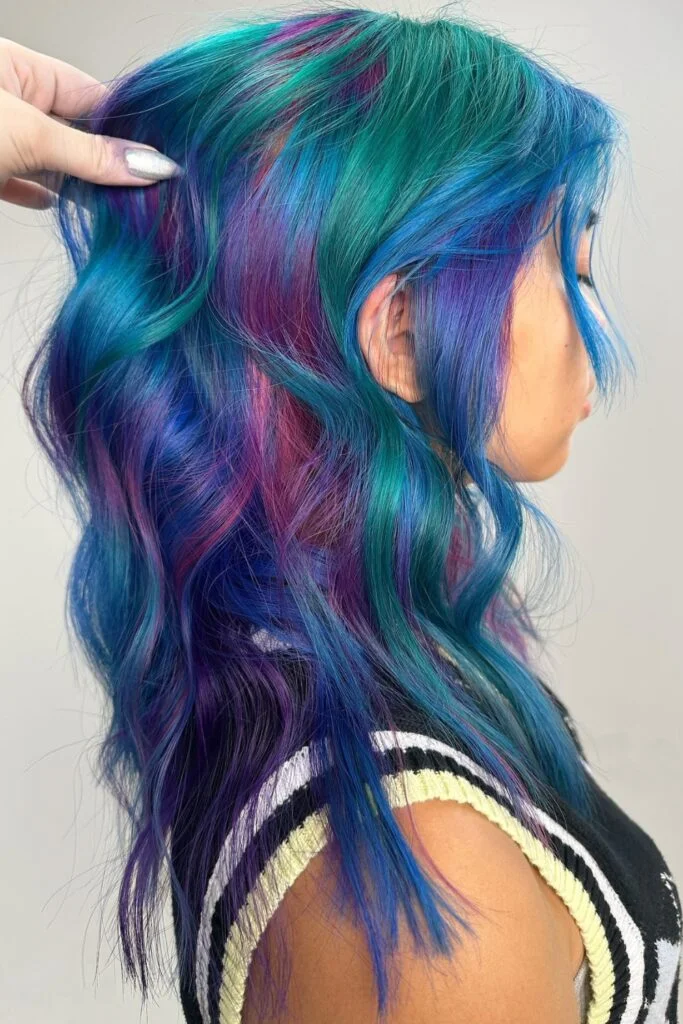
1. Dyeing: The Real Impact
When you color your hair especially with bleach and permanent dye you are not just change the color.
You messed up the actual structure of your hair.
Here is the deal: hair dye opens up the cuticle, and then chemicals like ammonia and peroxide dive into the middle of the strand to take out your natural color and add a new one.
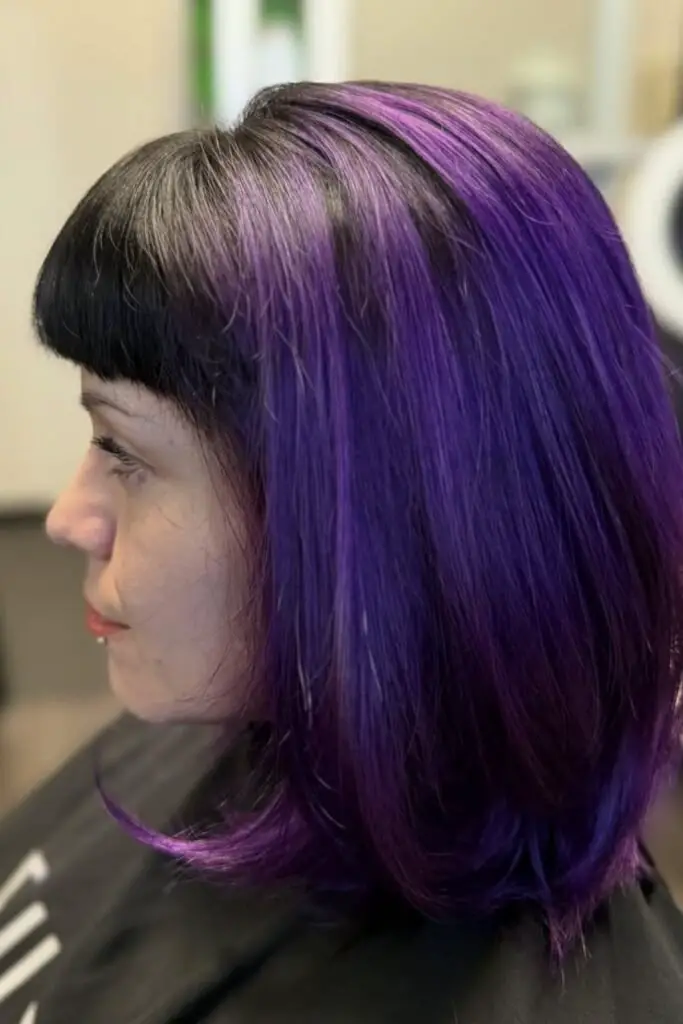
Bleach? That just strips all the color out. Sounds simple, right? But there is a catch once that cuticle is open, your hair gets weaker.
It can start to lose the moisture, protein, and shine. And the more you color it, the more your hair takes a hit. It can feel dry, rough, and even start breaks.
So yeah, dye your hair is not totally harmless. One session, especially if it is done wrong, can leave your strands that feel damaged.
And if you do not take care of it afterward, the damage does not go away. It actually builds up over time.
2. Hair Dyes That Damage
The stronger and more permanent the hair dye, the more damage it can cause-and it is important to know the difference between the types.
Temporary dye only sits on the surface of your hair. It does not do inside the strand, so there is no real damage. It usually washes in one or two shampoos.
Semi-permanent dye is gentle . It may slightly lift the hair cuticle, but if you use it occasionally, it causes very little harm. It is a choice for low-maintenance color.
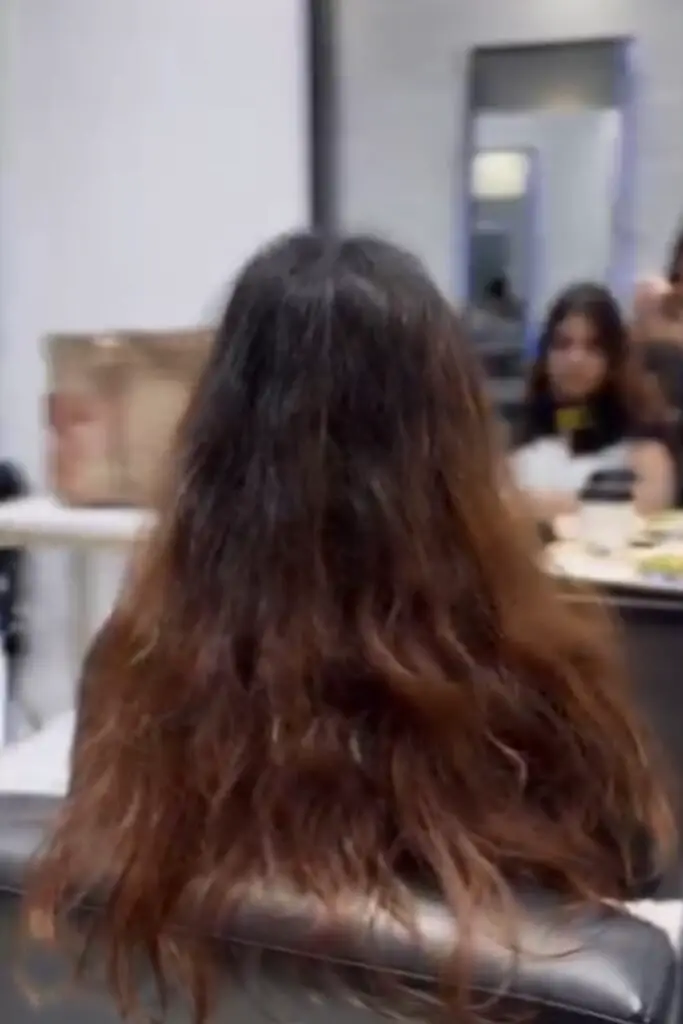
Permanent dye causes more damage. It uses strong chemicals like ammonia and peroxide to open the cuticle and change your hair color from the inside.
Over time, this weakens your hair’s natural structure.
Bleach is the harshest of all. It strips all pigment and breaks down the proteins that give your hair strength.
Overuse can lead to extreme dryness, breakage, and even thin it.
If your hair is already dry and has been chemically treated, permanent dye and bleach will only make things worse.
In that case, a semi-permanent dye is a much safer option if you still want to add color.
3. Damage Signs After Dye
If your hair feels dry or rough after dyeing, it is likely damaged. Healthy hair is soft and smooth. When damaged, it can feel stiff and like straw.
You may see more breakage than usual when brush and type your hair. Split ends are often more visible, especially near the ends a face.
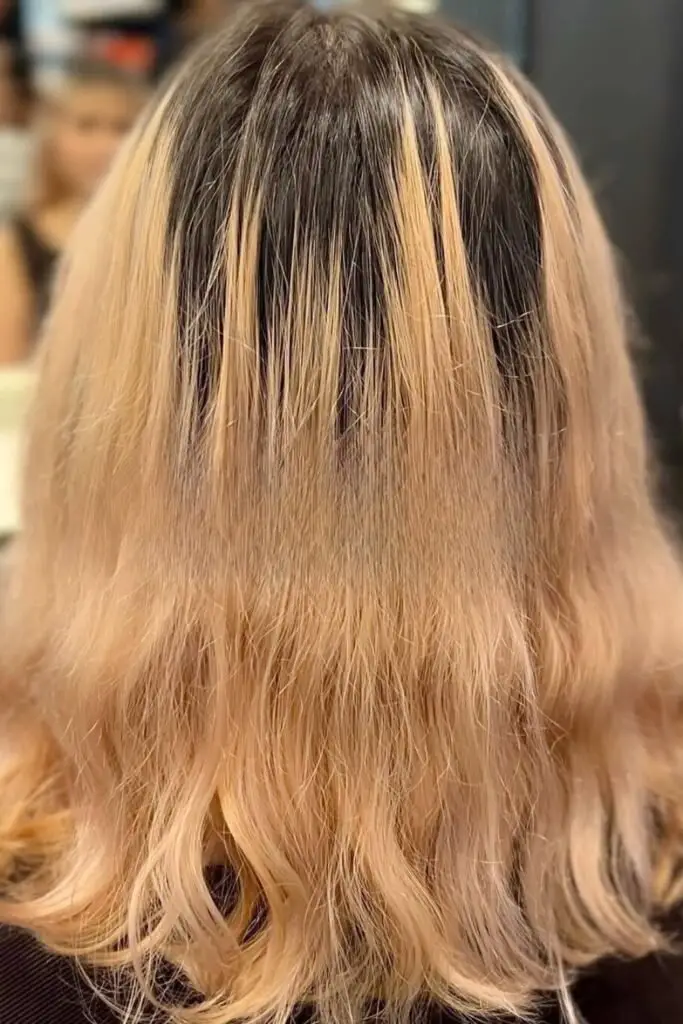
Another sign is dullness- your hair may look flat and lose its shine and bounce.
If your color fades quickly even with gentle shampoo, your cuticle might be damaged. You might also notice more tangles and hair shed in the shower and in the pillow.
These signs can appear a few days or weeks after color it. If several of them show up, your hair needs recovery time and care before your next dye.
4. Porosity Changes Everything
Fine hair gets damaged more easily because it is naturally more delicate and weaker than other types.
If you have thick and coarse hair, you might think it is stronger and it is but even that kind of hair can break down if it is colored too often or processed harshly.
Curly and textured hair has its own challenges. It is naturally dry, so it needs extra care both before and after color to stay healthy.
If your hair is high in porosity, it soaks up dye quickly, but it also loses moisture just as fast, which can lead to dryness and fade the sooner than expected.
On the other hand, low porosity hair does not absorb dye easily, so people often end up using stronger products and leaving them on longer – and that causes damage too.
The truth is , if you do not understand your hair type, it is easy to choose the wrong king of dye and apply it in a way that does more harm than good.
5. Which Dye Is Safe
Box dye uses strong chemicals to work on all hair types, but that can damage your hair and causes uneven results.
Salon color is tailored to your hair, applied with care, and includes protection- make it much safer.
DIY dye often leads to dryness and breakage, especially if your hair is already weak. For healthy, salon color is the better option.
6. Coloring and Hair Fall
Hair dye does not usually make your hair fall out from the root, but it can cause breakage that looks like hair loss.
What really happens is the dye weakens your strands, and they snap in the middle or near the ends.
This makes your hair appear thinner, even though it is not fall out from the scalp itself.
If you bleach and color your hair too often, the damage adds up. Your strands can become dry, brittle, and prone to breakage during brush and wash it.
This kind of breakage is very common and often confused with hair shedding. Sometimes, hair dye can irritate your scalp.
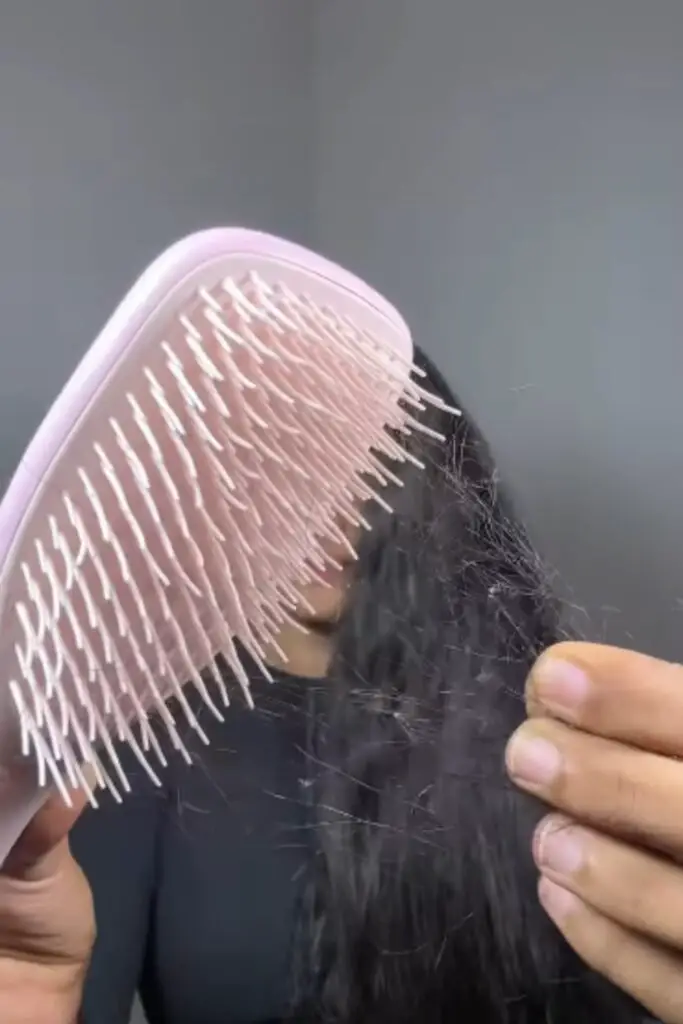
If you feel burned, itch, and swell during and after the process, that could be a sign of a reaction.
In more serious cases, the irritation might lead to temporary shed and even harm the hair follicle.
If you notice lots of shorts , broken hairs, that means your hair is snapped – not shed.
But if full strands with the root attached are come out, the issue might be something else, like stress, hormonal changes, and a scalp condition.
Dye can make it worse, but it is usually not the main reason behind true hair loss.
7. Damage-Free Hair Color
Start by make sure your hair is healthy before you even think about color it.
Never dye over hair that is already damaged or dry- only make things worse. Also , be careful not to overlap bleach and permanent dye on previously colored hair.
Give your hair time to recover between sessions-waiting 6 to 8 weeks is ideal. During color, try using a bond builder like olaplex and strengthen your hair from the inside.
After dye, switch to a sulfate-free, color-safe shampoo. Sulfate strips your hair and fades the color faster. Skip to style for a while to give your hair a break.
Make deep conditioner a weekly habit to restore moisture.
Add a protein treatment once or twice a month, but do not over do it- too much protein can make your hair stuff.
Let your hair air dry when you can. The more gentle your routine, the less damage your hair will suffer over time.
8. Recover From Color Damage
Stop using heat tools like blow dryers and straighteners for at least a week. Wash your hair with cool water and a gentle, sulfate-free shampoo.
Right after wash, use a deep conditioner mask to add moisture. Apply the leave-in conditioner and a light oil to help seal in that moisture.
On day 3 or 4, use a protein treatment to make your hair stronger. Let your hair air dry- avoid using any heat tools.
Try not to tie the hair too much tightly. Trim any split ends if you see them. Repeat this moisture and protein routine every week until your hair feels stronger.
And most importantly, do not color your hair again until it is fully healthy.
Conclusion
Hair colour is not the real issue – it is how you use it. If you choose the wrong dye, color too often, and ignore aftercare, your hair will get damaged.
But if you know your hair type, wait between color sessions, and take care of your hair before and after, you can safely color sessions, and take care of your hair before hand after, you can safely color it.
Understand your hair. Pick the right product. And if your hair feels weak and dry, pause and fix it first.
You may also like:
